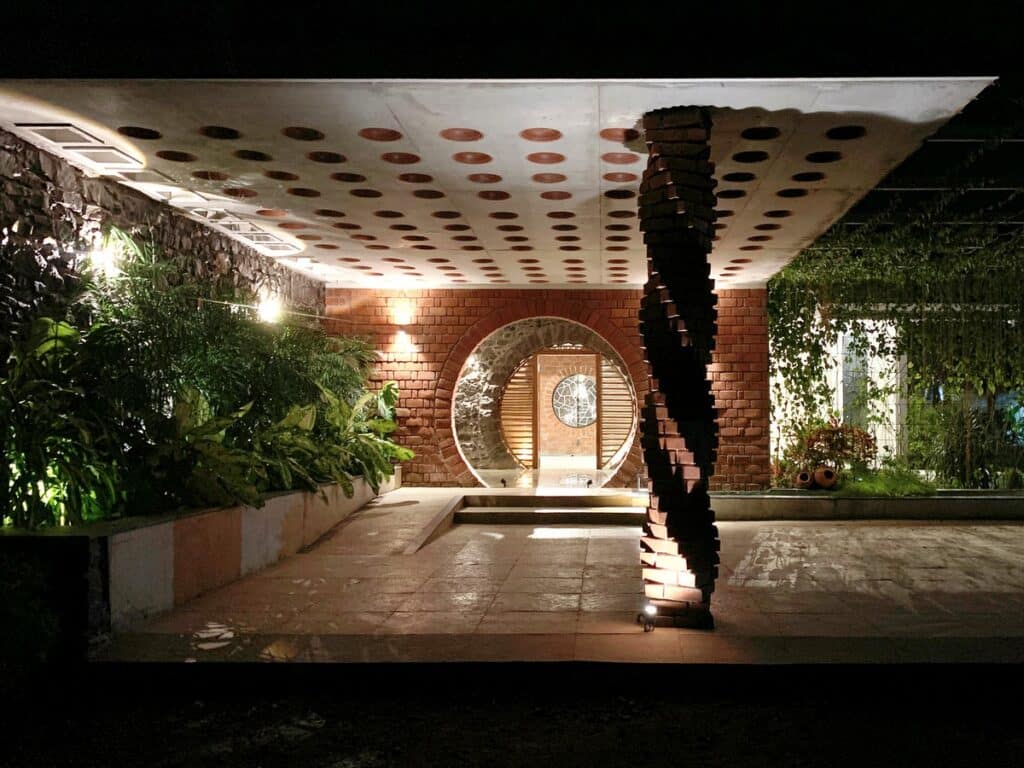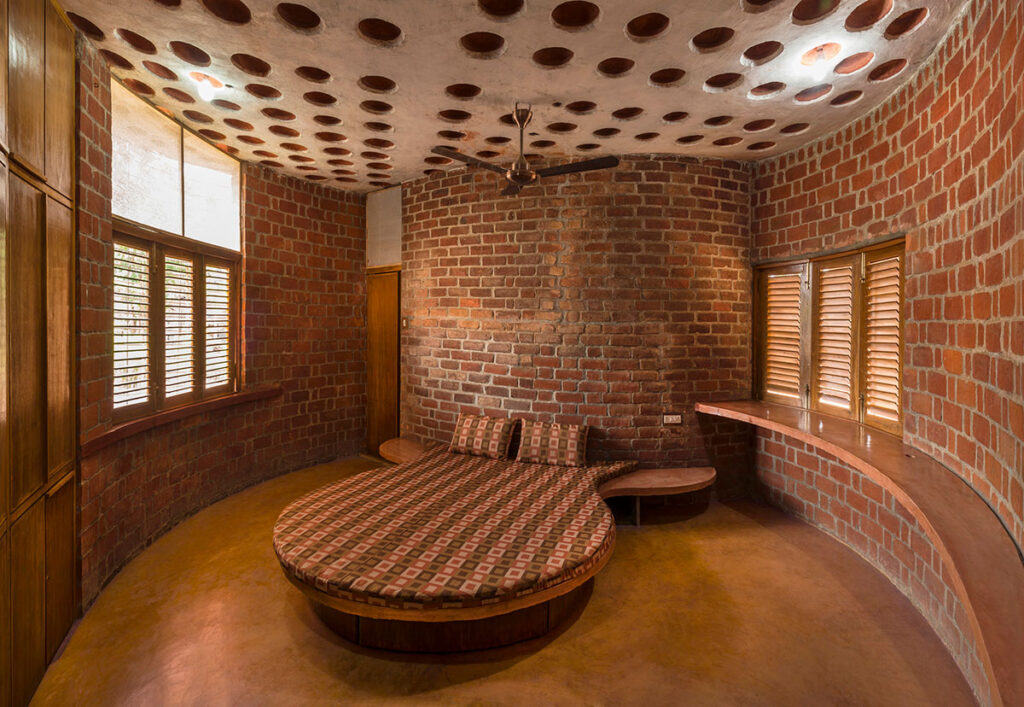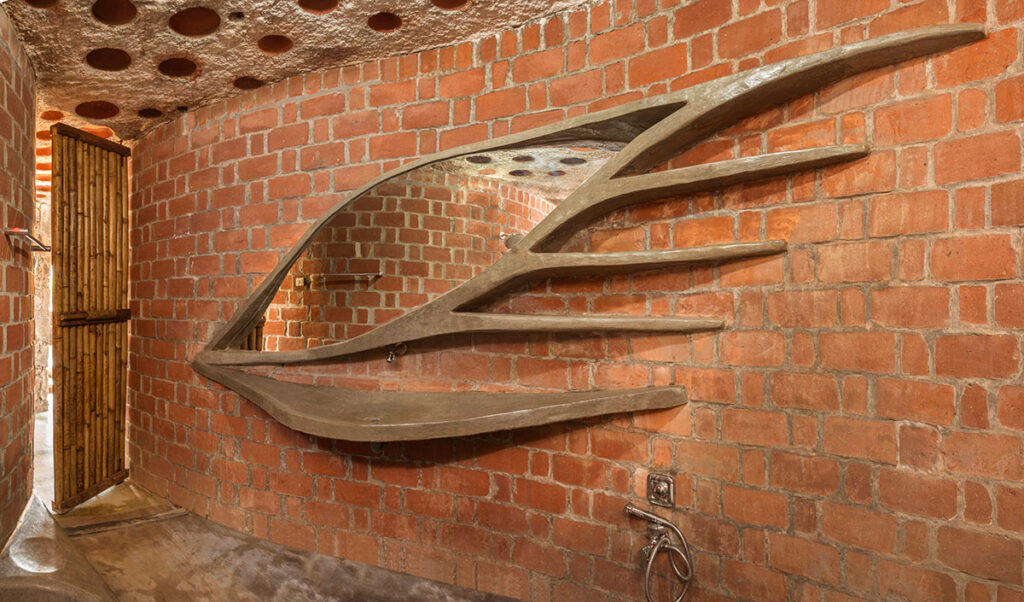Filler slab
Table of contents
What is filler slab
A filler slab is a reinforced concrete slab where lightweight materials (like clay pots, Mangalore tiles, or foam blocks) replace the non-structural bottom portion, reducing concrete and steel usage by up to 20%, improving insulation, and lowering costs.
The basic principal is that the concrete in bottom half of RCC slab is structurally not required as concrete acts as compression material which is required in top half portion of slab. So this portion concrete is replaced by low cost, light weight filler material like mangalore tile, clay pots etc.
Renowned architect Laurie Baker introduced this technology in late 1900 as cost effective and eco-friendly construction technology.
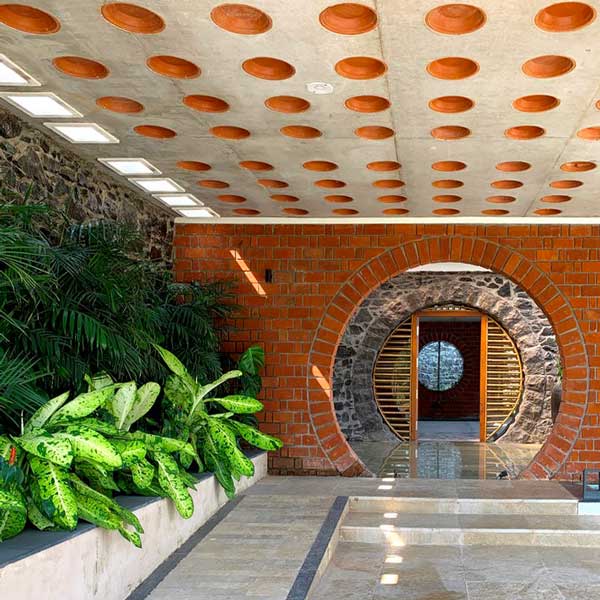
Filler slab roof construction
Once the shuttering is done, the reinforcements are laid in grid form. The size of grid depends on structural design and size of filler material. For example, grid of 35cm X 50cm is used for magalore tile as filler material and grid of 45cm X 45cm is used for clay pots of 40cm diameter filler. The filler material to be soaked in water before casting so that it does not absorb water from concrete. Then the slab is cast with cement concrete similar to traditional concrete slabs.
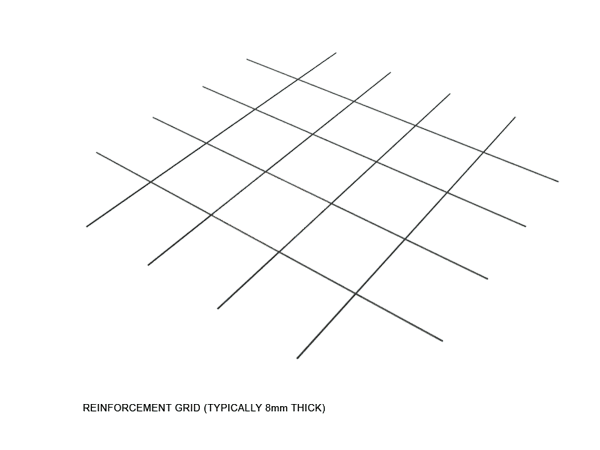

Advantages of using filler slab roof
1. Cost-Effective Construction
By replacing a portion of the concrete with inexpensive fillers, filler slabs significantly reduce the overall material cost. This makes it a highly economical roofing solution for residential and commercial projects.
2. Reduced Environmental Impact
Concrete production is energy-intensive and contributes to CO2 emissions. Filler slabs reduce the volume of concrete and steel needed, making them a greener alternative. By incorporating waste materials or local resources as fillers, the environmental footprint of the construction process is further minimized.
3. Improved Thermal Insulation
The air pockets within the filler materials act as insulation, reducing heat transfer and keeping indoor spaces cooler. This is particularly beneficial in warm climates like Mumbai, where energy consumption for cooling can be high.
4. Aesthetic Appeal
Exposed filler slabs can add a unique aesthetic character to interiors. The patterns created by the fillers give the ceiling a decorative finish, eliminating the need for additional false ceilings or plastering.
Things to consider about filler material
Filler material should be inert. It should not react with concrete or steel It should be light weight, low cost and preferably locally available Size of filler material should be such that it fits in bottom half of the slab and structural grid of reinforcement Using material with good thermal insulation properties like clay will provide thermal comfort inside the room The filler material will be seen as part of ceiling so shape and finish of the material should be as per desired aesthetics.
Following materials can be used as filler for constructing filler slab –
1. Clay Tiles
Clay tiles are among the most popular filler materials due to their availability, durability, and aesthetic appeal. They help in thermal insulation and provide a rustic look when left exposed.
2. Terracotta Pots
Terracotta pots (inverted or broken) are lightweight and create air pockets, which improve thermal insulation. Their curved shape also adds visual interest to exposed slab designs.
3. Hollow Concrete Blocks
Hollow concrete blocks are often used for larger spans. They reduce the overall weight of the slab while ensuring structural stability.
4. Coconut Shells
Coconut shells are an eco-friendly and cost-effective option in regions where coconuts are abundant. They reduce concrete usage and provide good thermal insulation.
5. Waste Glass Bottles
Glass bottles, when embedded in filler slabs, create unique light patterns and improve aesthetics. They also contribute to sustainability by recycling waste materials.
6. Burnt Bricks
Partially damaged or burnt bricks can be reused as filler material. They help reduce construction costs and make efficient use of waste materials.
7. Polystyrene Blocks (Thermocol)
Polystyrene blocks are lightweight and provide excellent thermal insulation. They are commonly used in regions with extreme weather conditions.
8. PVC or Plastic Containers
Recycled PVC or plastic containers are sometimes used as filler materials. They are lightweight and contribute to reducing plastic waste.
9. AAC (Autoclaved Aerated Concrete) Blocks
AAC blocks are lightweight and have good insulating properties. They are increasingly being used in sustainable construction practices.
10. Bamboo
Bamboo sections can be used as filler material due to their availability, low cost, and sustainability. They offer a unique aesthetic when exposed.
Applications of Filler Slabs
Filler slabs are versatile and can be used in a variety of construction projects, including:
-
Residential homes
-
Farmhouses and eco-retreats
-
Institutional buildings
-
Commercial spaces
Comparison: Conventional RCC Slab vs Filler slab
Feature | Conventional RCC Slab | Filler Slab |
|---|---|---|
Concrete Use | 100% | ~20% less |
Steel Requirement | 100% | 20–30% less |
Thermal Insulation | Low | High |
Cost | Baseline | Lower (20–30%) |
Ceiling Aesthetics | Plain | Decorative options possible |
Filler Slab Video: A Simple Visual Guide
This short video offers a clear and concise introduction to the filler slab technique — a cost-effective and sustainable alternative to conventional RCC slabs.
Frequently Asked Questions
Q: Why use filler slabs?
A: They reduce material use, save money, and keep buildings cooler in hot weather.
Q: Are filler slabs safe?
A: Yes, they are safe when designed properly by a structural engineer.
Q: Do they need special skills?
A: Yes, masons need training to place fillers and reinforcement correctly.
Q: Do they work in all climates?
A: They work best in hot climates but can be used anywhere with good design.
Our Projects Built Using Filler Slab
At Blurring Boundaries, we’ve implemented filler slab construction in several residential retreats and eco-conscious projects near Mumbai. This technique has helped us reduce concrete usage by 20–30% and steel by nearly 25%, while significantly improving thermal comfort — lowering indoor temperatures by 2–3°C during hot summer months.
While the process required skilled coordination between structural engineers and trained masons—especially in placing filler materials like clay pots or tiles—the outcome was both functionally efficient and visually expressive. The exposed undersides of the slabs often became unique architectural features in themselves.
Filler slabs, like rat trap bond masonry, were popularized by the legendary architect Laurie Baker — both methods champion low-cost, sustainable, and climatically responsive building practices.
